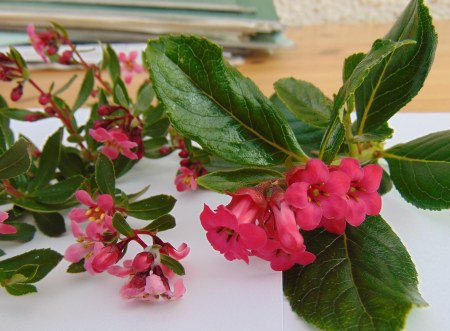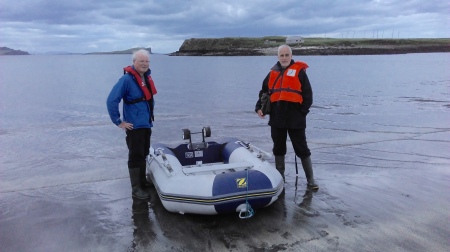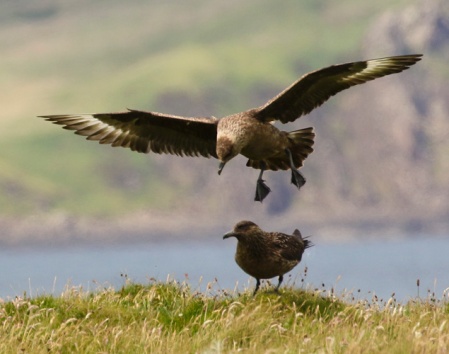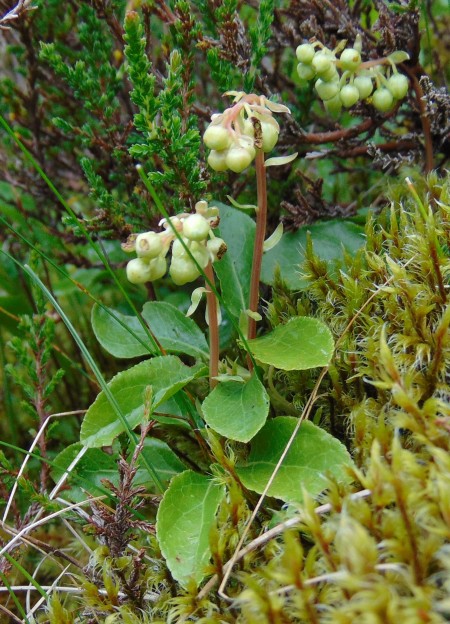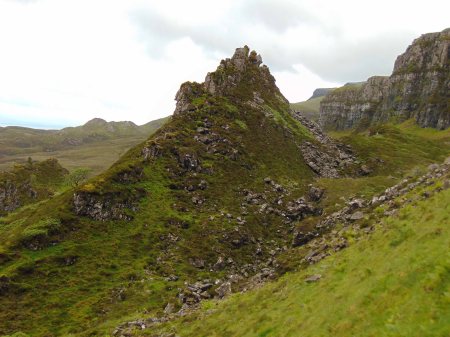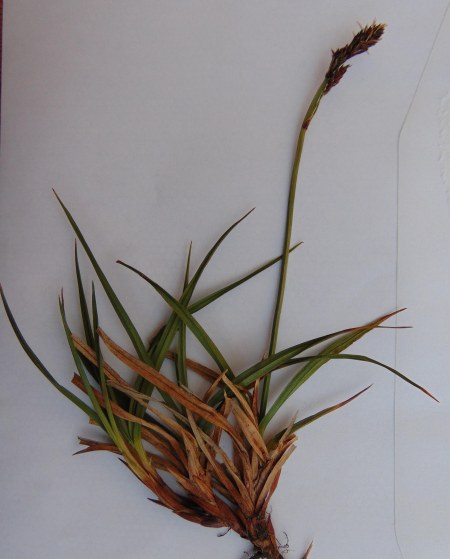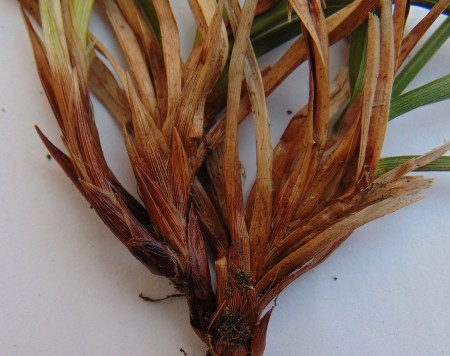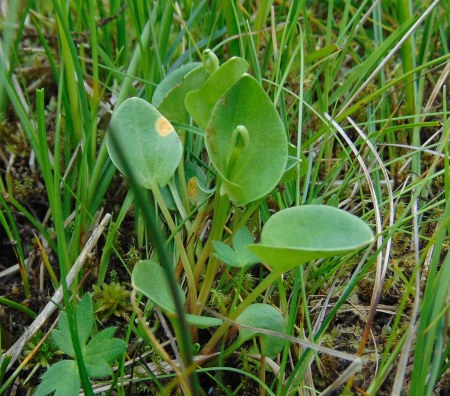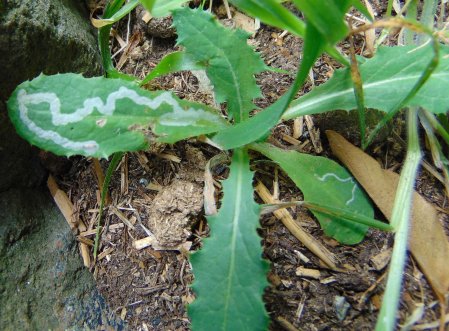Yesterday was windy but otherwise great walking weather and I followed the Allt Coir’ an Eich up into the Cuillins, reaching 800m. I failed to find the Kalmia procumbens (Trailing Azalea) recorded there in 1981 and 1983 despite having a 6-figure grid reference, which was disappointing. However, I did re-find Cerastium nigrescens (Arctic Mouse-ear) in two spots.
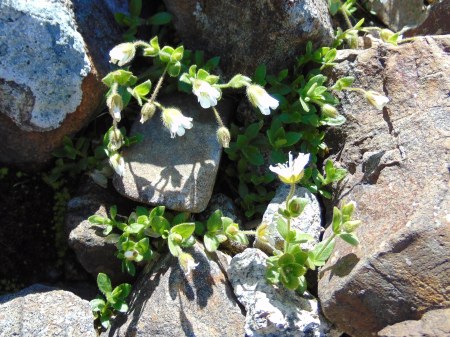
Cerastium nigrescens
and almost everything else previously reported from the area. I also added over sixty new taxa to tetrad NG42G such as Carex bigelowii (Stiff Sedge) – of which more later in a separate post – Luzula spicata (Spiked Wood-Rush) and many commoner species.
Much of the Saussurea alpina (Alpine Saw-wort) was showing little sign of flowering but a few were on the way:
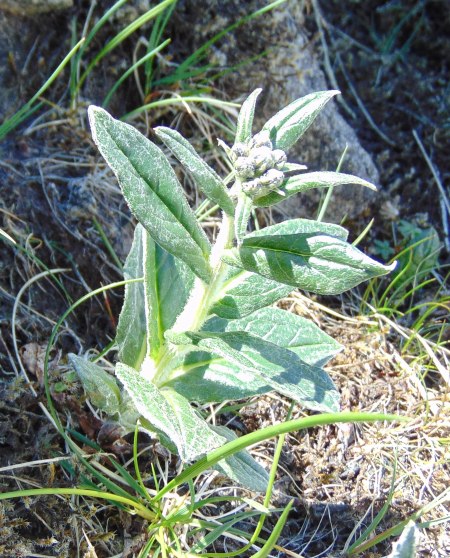
Saussurea alpina
and there were plenty of other nice alpines.

Salix herbacea and Silene acaulis
There were a few scruffy looking specimens of Picea sitchensis (Sitka Spruce) at about 750m which I wasn’t very pleased to see, though they look unlikely to turn into a forest.
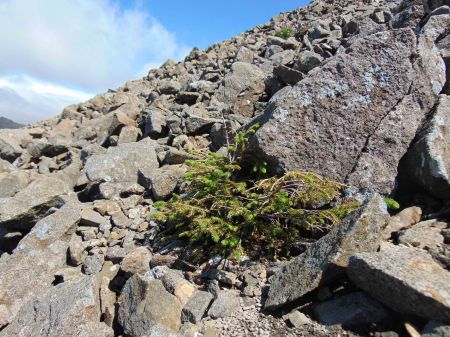
Sitka
I had planned to traverse the ridge to Sgùrr nan Gobhar, but the wind was so strong that I decided against it.
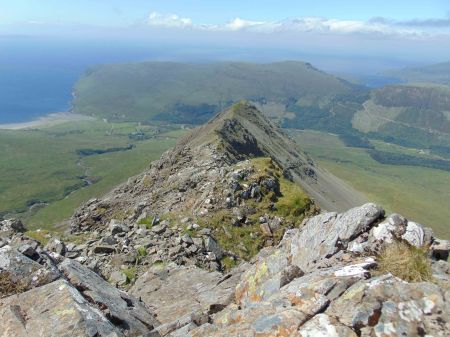
Sgurr nan Gobhar
It wasn’t much of a day for flying insects but I managed a few records, mostly lower down, and also spotted Puccinia violae (Violet Rust) on Viola riviniana (Common Dog-violet) high up in the hills.
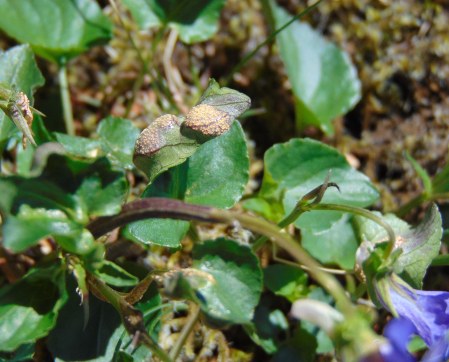
Violet Rust
I also found this high in the Cuillins almost exactly two years ago.

